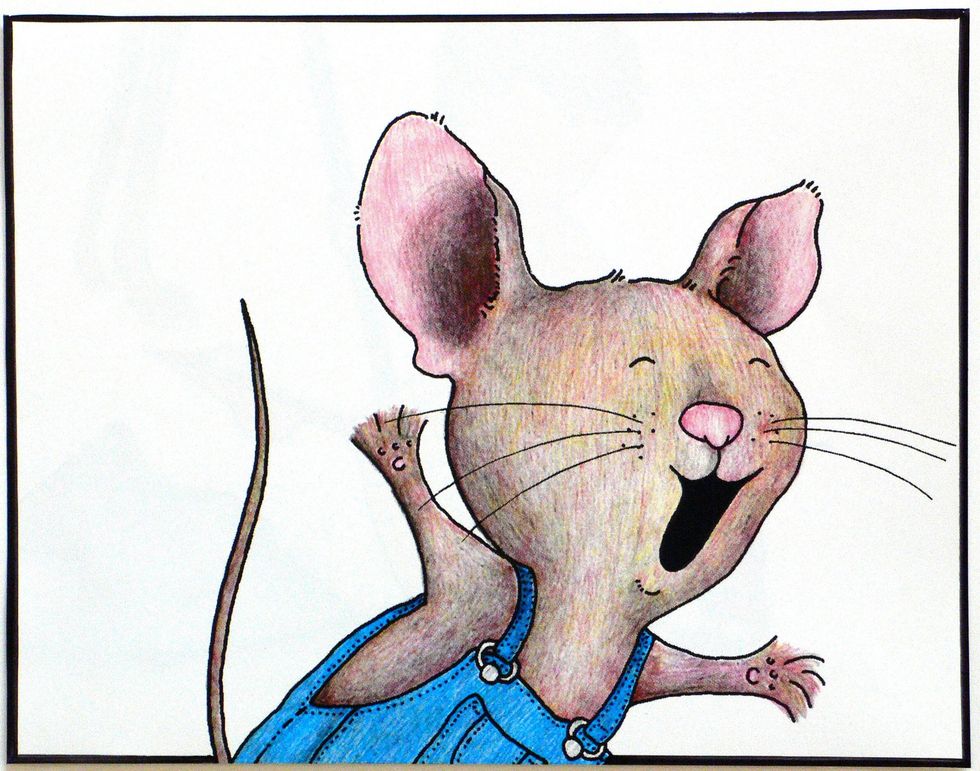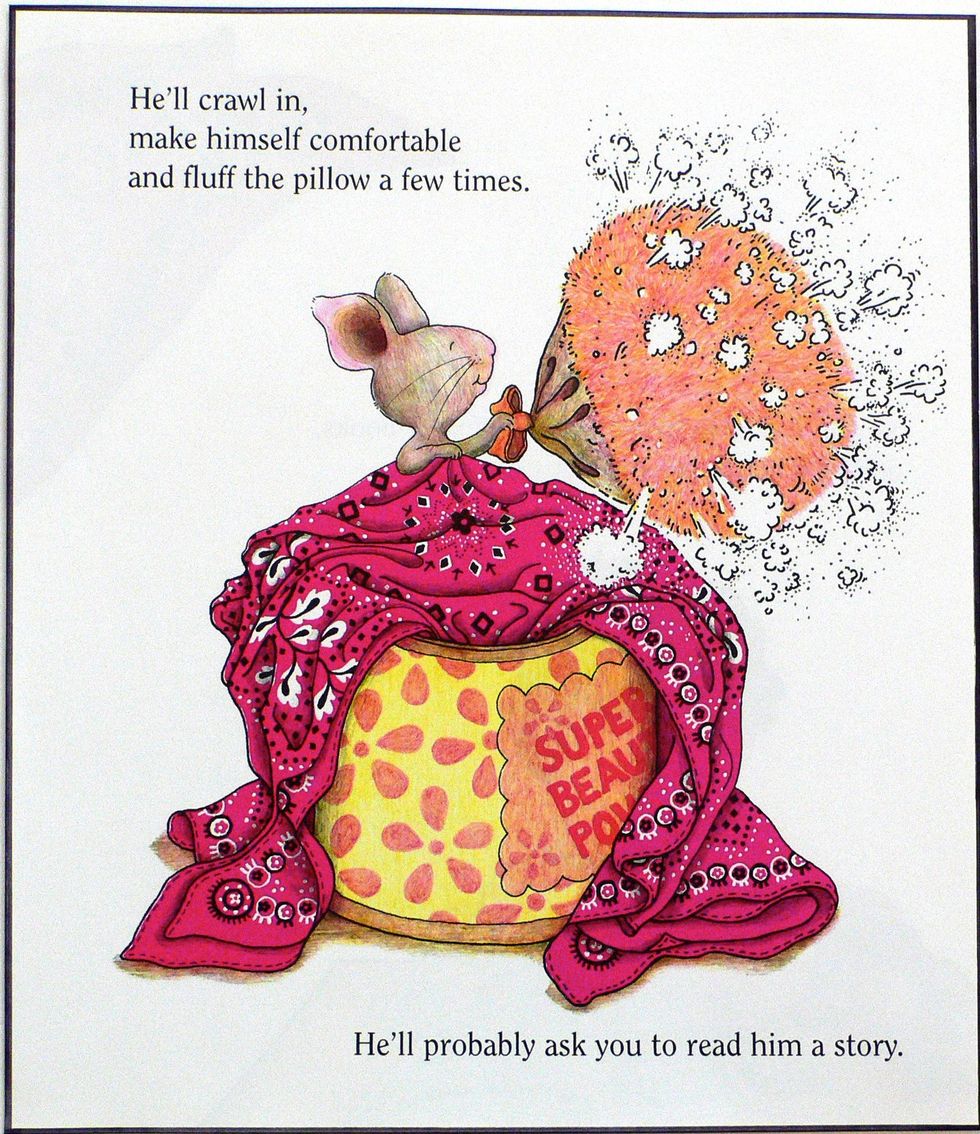Although Golding’s "Lord of the Flies" is slow paced, the advanced vocabulary and obvious character growth intrigues the reader. The book demands observation and an eye for symbolism. Golding shows the struggle in striving for power, independence, and survival. Golding's "Lord of the Flies" uses imagery to show the results of losing humanity and civilization.
To convey the exposition in a detailed manner, Golding’s writing pace is slow, particularly in the beginning of the book. The setting in the story is a key component and Golding portrays it very specifically to make the reader understand the condition the boys are living in. After the crash is the most critical part, because the boys are discovering their surroundings. Therefore, Golding goes into vivid detail about it. Golding writes, “It was roughly boat-shaped: humped near this end with behind them the jumbled descent to the shore. On either side rocks, cliffs, treetops and a steep slope: forward there. The length of the boat, a tamer decent, tree-clad, with hints of pink: and then the jungly flat of the island, dense green, but drawn at the end to a pink tail. There, where the island petered out in the water, was another island; a rock, almost detached, standing like a fort, facing them across the green with one bold, pink bastion” to describe the setting. Golding’s descriptions give the reader a clear mental picture of how the island is set up.
Additionally, the vocabulary is more advanced to depict the story in terms of tone, perception, and intellectual thoughts. Golding’s writing style includes a highly advanced level of vocabulary to make the sentences more descriptive. "There had grown up tacitly among the biguns the opinion that Piggy was an outsider, not only by accent, which did not matter, but by fat, and ass-mar, and specs, and a certain disinclination for manual labor." Golding uses symbolism and characterization in his writing. All of the boys have a symbol to relate to. For example, Piggy represents mental strength, Jack represents physical strength, and Simon represents intelligence.
The character growth in the book develops over time, completely transforming the boys into vile people. In the exposition, Golding brings to life characters that represent different concepts to perceive life on the island. What used to be accustomed tasks quickly become survival tactics for the boys. Jack, who was once afraid to harm a pig, turns into a murderer, and becomes destructive. He is no longer afraid to harm anyone or anything that he could benefit from. Ralph shows massive character growth also, as he needs to mature to take care of all of the boys including himself. In the beginning, all of the boys were acting as normally, but as the fight for survival arose, they became strong, both mentally and physically. The conflict which was originally man versus nature, quickly takes a turn for the worse and becomes man versus man. The boys who were once a team and confused, become fearful and independent very quickly. “Maybe," he said hesitantly, "maybe there is a beast." "What I mean is.....maybe it's only us." Once Simon dies, the boys question themselves and whether or not they have been acting properly. As the book continues to Piggy’s death, is when the boys start to fall apart. As they are rescued by the naval officer, Ralph cries because he can finally be taken care of again, and not be relied on for everything. Ralph cries in relief to know that all of the terror is over. Then, they find out about the war, and understand that although things will be better than life on the island, nothing will go back to how it was before then.
William Golding's "Lord of the Flies" uses imagery to show the results of losing humanity and civilization. Golding conveys the story in a detailed manner, uses a high level of vocabulary, and gives the story massive character growth. Without any of these techniques, the story wouldn’t be so descriptive.



















